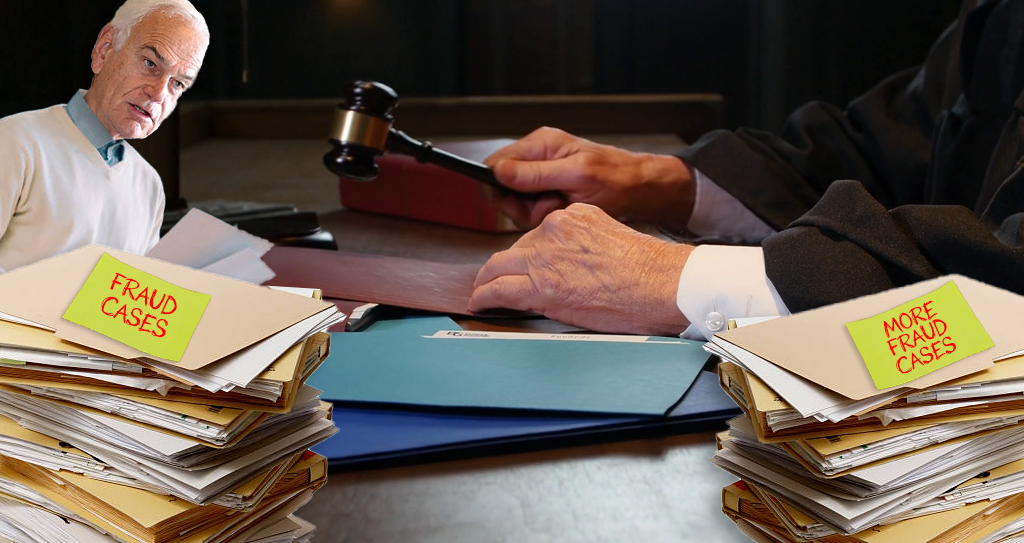The end of the exurbs -- that's the way many pundits are interpreting the latest round of census data. The last year offered good news for cities and central suburbs across the country and bad news for the McMansion boomtowns of the '90s.
Of course, it wasn't always that simple. Some metros -- Detroit, Cleveland, Cincinnati, St. Louis -- resisted the trend. Others, like Houston, saw increased development in the urban core, but with the balance still tipping toward the 'burbs. Still in far more places than not, there were positive trends.
Yonah Freemark at the Transport Politic takes a nuanced look at the data and wonders whether the trend represents the new dynamic in American living:
Most important was the change in growth dynamic within each of the metropolitan areas (MSAs). 14 of 21 central counties experienced an increasing percentage of their respective region’s growth compared with the period from 2000 to 2010. This means that new growth in most regions studied was more concentrated in the central county than it had been in the 2000s. For example, whereas just 3.8% of the Washington region’s population growth between 2000 and 2010 occurred in the District of Columbia itself, 13.4% of the same region’s growth between 2010 and 2010 occurred in the central city. Most extreme, perhaps, was the situation in Cook County (the central county for the Chicago region), which took in 51.3% of the region’s population growth between 2010 and 2011, while the county had declined significantly in population between 2000 and 2010.
It is hard to know to what degree these trends are reflective of a still-recovering economy. High gas prices, mass foreclosures, and difficulty acquiring loans certainly are likely to encourage people to stay put, decreasing what is called domestic migration, or movement from one U.S. city to another. The nation’s largest cities, which generally have high rates of domestic out-migration, are mostly reliant on international immigration to grow. So if the economic situation improves, the trends affected U.S. demographics between 2010 and 2011 may no longer apply.
Nevertheless, high gas prices appear to be a fact of the future, and the growth of downtowns, which occurred in the 2000s despite the mostly good economic conditions, both indicate that more popular cities may be a future fact of life. Even so, there is still work to be done: In only about half of the metropolitan areas did growth in the core counties as a percentage of regional growth match or rise above the existing population of those core counties as a percentage of the region’s population. In places like Dallas and Houston, for example, high growth rates in the core counties were not large enough compared to those counties’ share of existing population, meaning that effectively population continues to be distributed on the whole outside of the core. This was less true in cities like New York, Minneapolis, and Philadelphia, where the core county absorbed a higher percentage of regional growth than their existing population.
As Freemark points out, last week's report on changing travel preferences among young people further reinforces the idea that Americans' appetite for large lots and two-car garages may, finally, be waning.
Elsewhere on the Network today: Rust Wire wonders if Ohio's cars-first transportation policy violates the Americans with Disabilities Act. The Fast Lane reports that transit ridership continues to climb nationally. And Burning the Midnight Oil analyzes the revised plan for California High Speed Rail.






